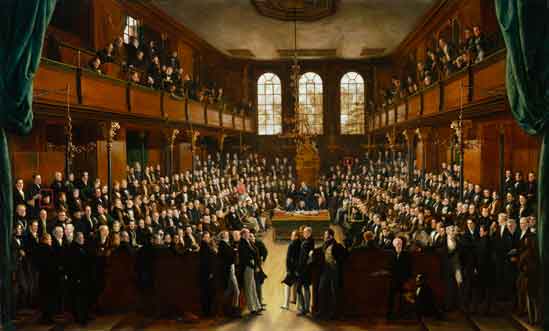Sir,—Stephen Collins’s article on Longford elections (HI 32.2, March/April 2024, pp 22–5) captures the dynamics at play in local electoral politics during the 1830s. Learning of his own ancestors in the locality, and seeing their original family home in such good condition, was especially insightful. One might question how accurate it is to qualify ‘the cause’ invoked during campaigns as ‘national’, not to mention ‘nationalist’, when discussing the 1830s. O’Connell’s campaign to repeal the Union would only reach its apex in the next decade, and for many in later generations was nowhere near nationalist enough. However, regardless of exigencies of space, one is sincerely aggrieved not to see him identified in the caption for Hayter’s painting The House of Commons, 1833, even if locating Lefroy and White is obviously more directly relevant to the article. In a full house, O’Connell is clearly distinguishable, leaning over, most attentively, in the middle of the opposition front bench, on the right of the scene. He is holding his top hat, and from this setting Hayter the following year produced what is probably one of the most engaging portraits of O’Connell, a side view of him, top-hatted. The National Portrait Gallery website tells us that Hayter produced several of these ‘portrait sketches in oil’ of individuals in the painting. This fact-checking on visualising politicians (unintentionally) leads back to the above. The website only refers to ‘a telling image of the Irish nationalist MP, Daniel O’Connell’ (their emphasis). A big discussion, for another day!—Yours etc.,
SYLVIE KLEINMAN

